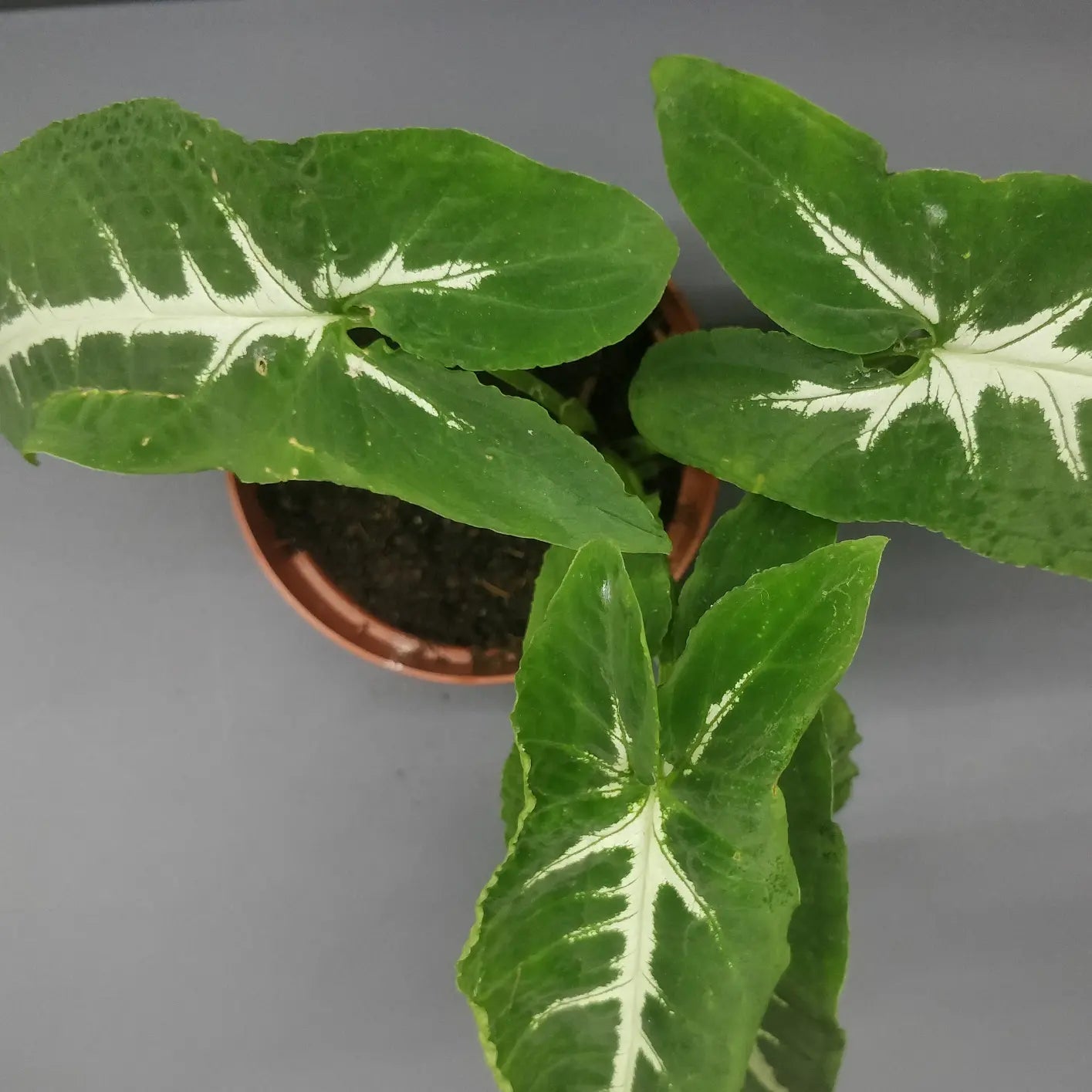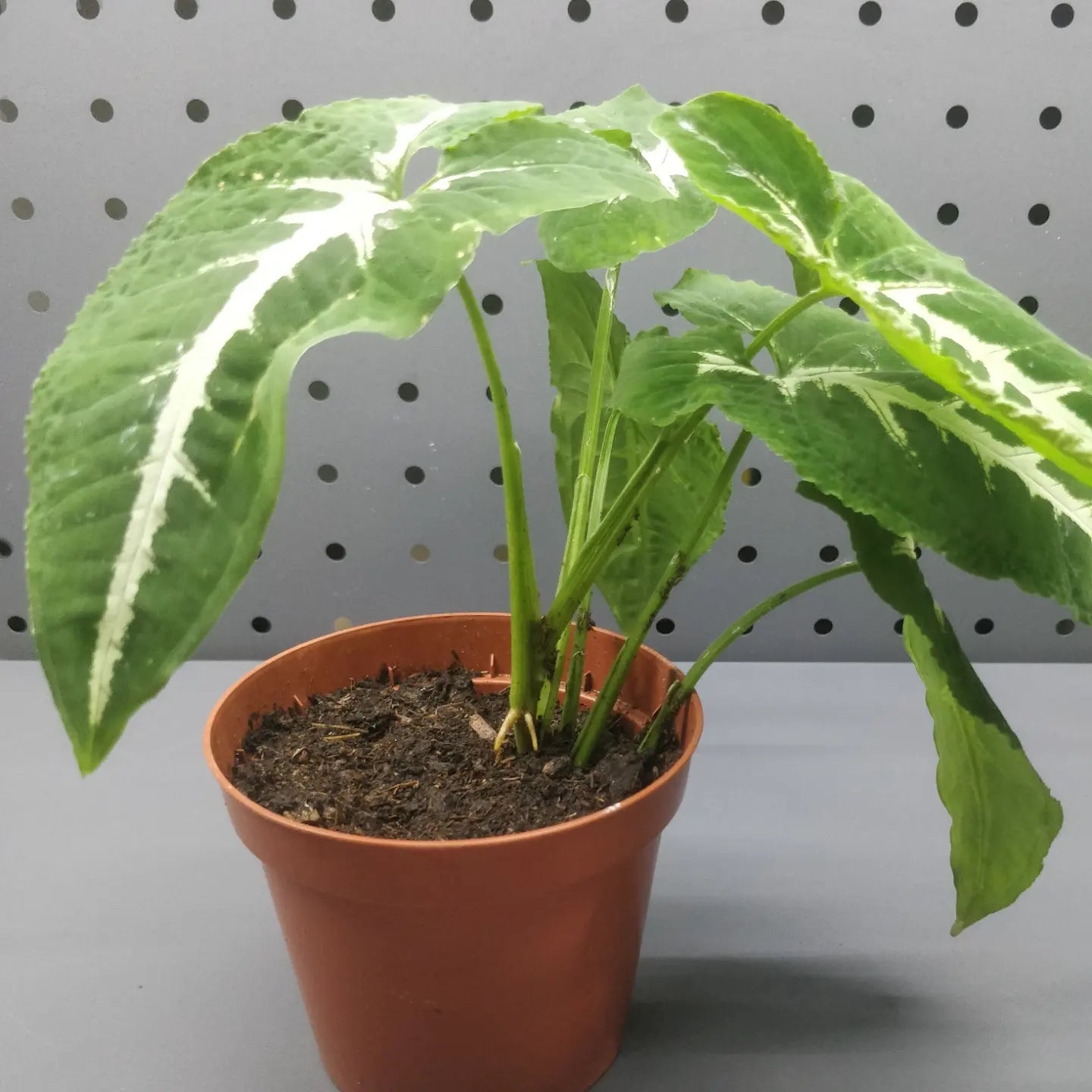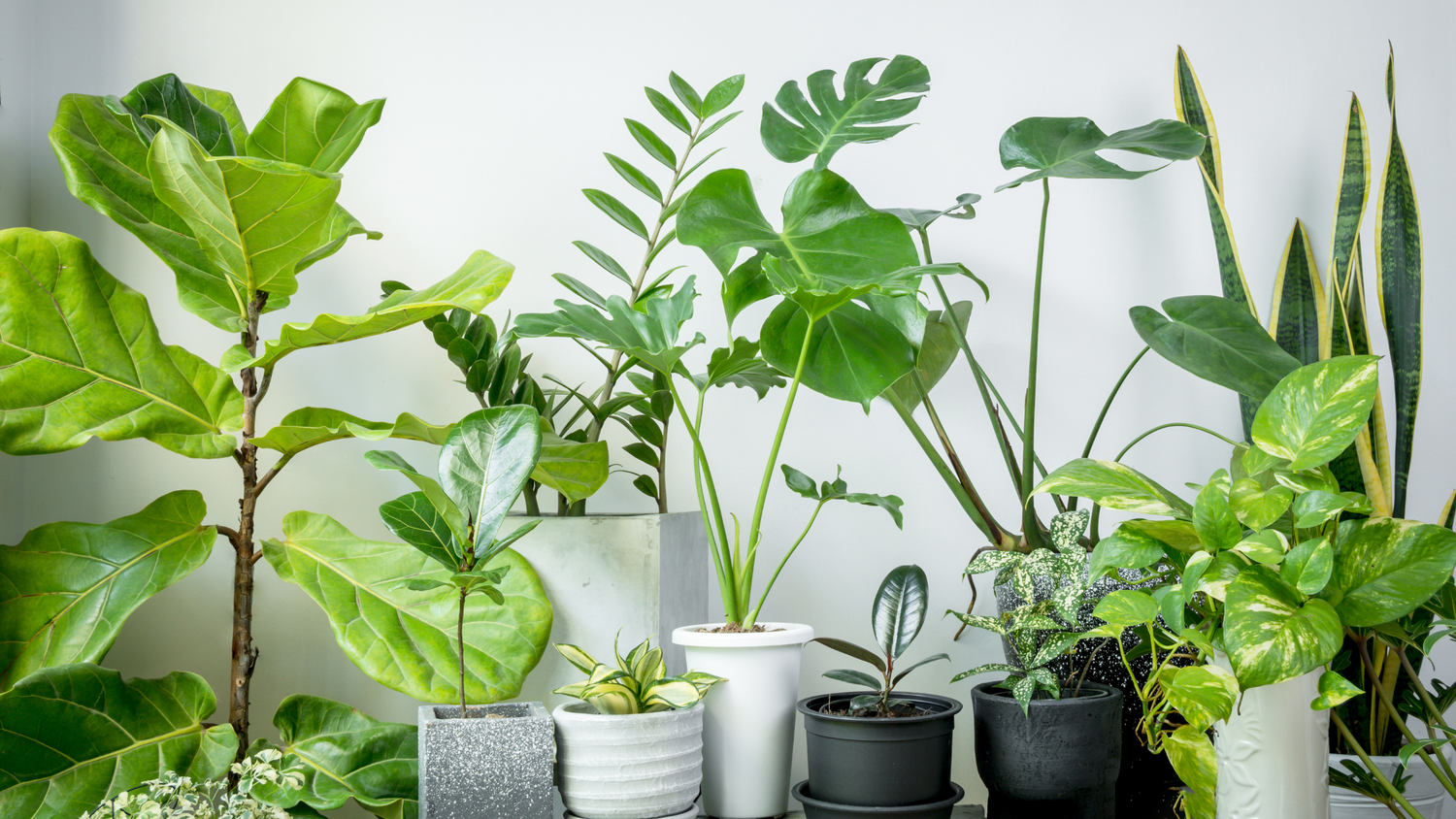Syngonium Wendlandii - Arrowhead Vine
Syngonium Wendlandii - Arrowhead Vine
Regular price
ރ 50.00
Regular price
ރ 150.00
Sale price
ރ 50.00
Unit price
per
Shipping calculated at checkout.
Out of stock
Couldn't load pickup availability
Syngonium wendlandii, also known as Arrowhead Vine or Goosefoot Plant, is a trailing or climbing vine that belongs to the Araceae family. It is native to tropical regions of Central and South America and is prized for its attractive foliage and ease of care, making it a popular choice among houseplant enthusiasts.
Care instructions:
- Light: Syngonium wendlandii prefers bright, indirect light. Avoid direct sunlight, as it can scorch the leaves. Place it in a well-lit spot, such as a north or east-facing window, or provide filtered light.
- Temperature: This plant prefers warm temperatures between 20-30°C. Avoid cold drafts and temperature extremes.
- Water: Keep the soil consistently moist, but not waterlogged. Water when the top inch of the soil feels dry. Syngonium wendlandii prefers slightly higher humidity levels, so misting or placing a tray of water near the plant can be beneficial.
- Humidity: This plant appreciates higher humidity levels, so consider using a humidifier or placing the plant in a room with moderate humidity. You can also place a tray of water near the plant or mist the leaves regularly to increase humidity.
- Soil: Use a well-draining potting mix that retains some moisture but doesn't become waterlogged. A mix of peat moss, perlite, and/or orchid bark can work well.
- Fertilizer: Feed monthly during the growing season (spring and summer) with a balanced, water-soluble fertilizer at half the recommended strength. Avoid over-fertilization, as it can cause leaf burn.
- Potting: Repot Syngonium wendlandii every 1-2 years or when it outgrows its current pot. Choose a pot that has drainage holes to prevent waterlogged soil.
- Training and Pruning: Syngonium wendlandii can be trained to climb or allowed to trail. Prune regularly to encourage bushier growth and remove leggy or yellowing leaves.
- Pests and Diseases: Watch out for common houseplant pests such as aphids, mealybugs, and spider mites. Treat promptly if any signs of infestation are detected. Avoid over-watering, as it can lead to root rot and other issues.
- Toxicity: Syngonium wendlandii is toxic to humans and pets if ingested. Keep it out of reach of children and pets, and wash your hands after handling the plant.
Scientific Classification
Scientific Classification
Order: Alismatales
Family: Araceae
Genus: Syngonium







